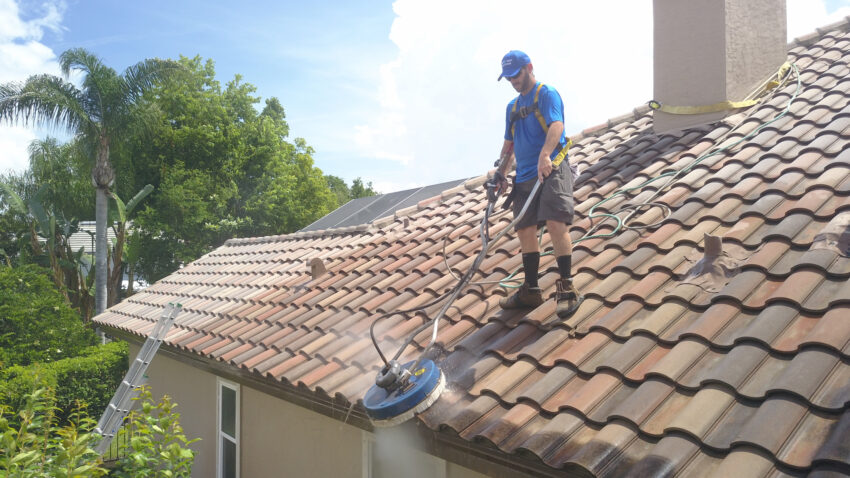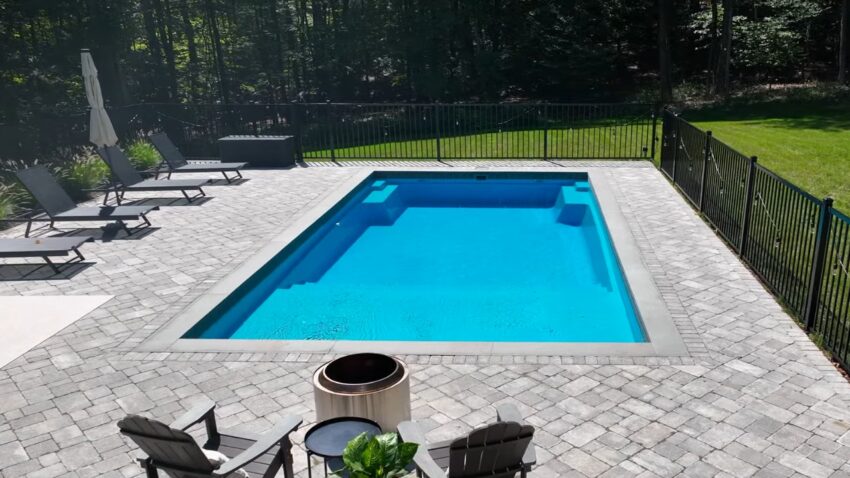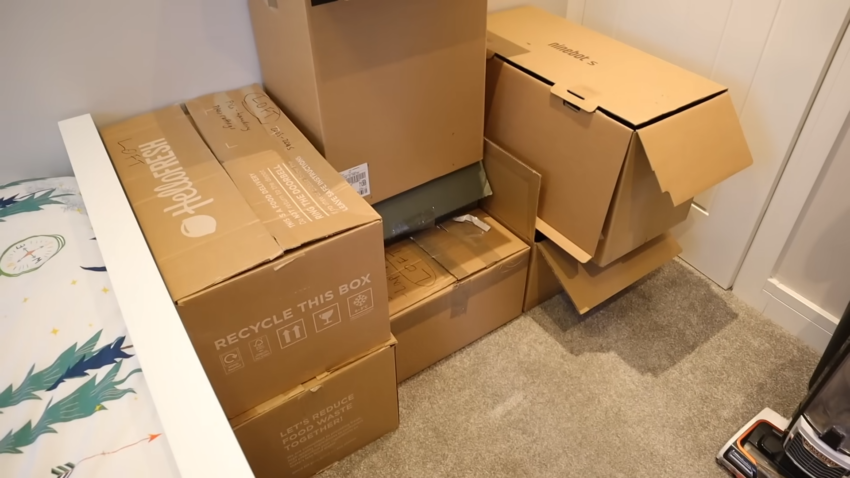Proper maintenance of roofing shingles can help extend their lifespan and prevent costly repairs. Here are some tips for maintaining roofing shingles:
Regular Inspections
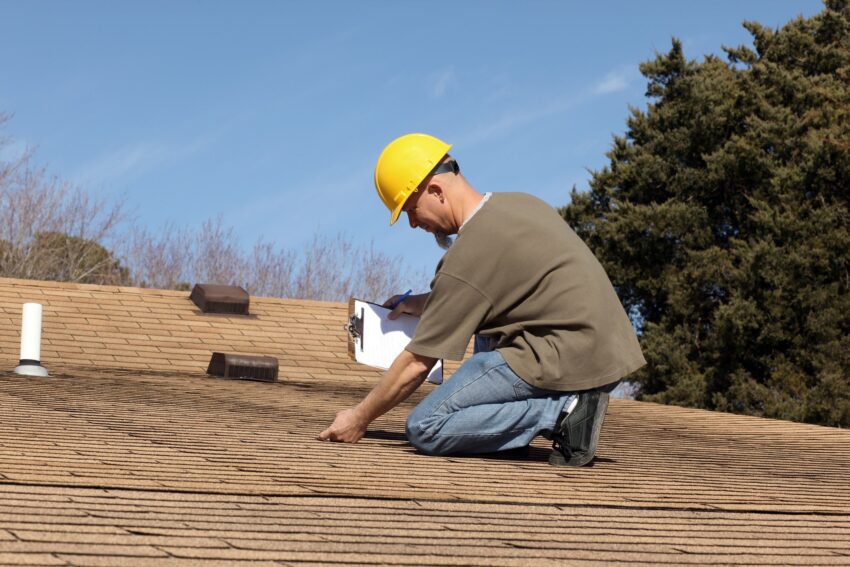
Inspecting your roofing shingles regularly can help you identify any issues before they become major problems:
- Choose a day when the weather is dry and sunny, so you can inspect your roof without any safety hazards.
- Start at one end of your roof and work your way across it, looking for any signs of damage, such as missing or broken shingles, cracks, or curling edges.
- Check the flashing around any chimneys, skylights, or other roof penetrations to make sure they are properly sealed.
- Look for any signs of wear or damage on the vents, gutters, and downspouts.
- Check for any signs of moss, algae, or other plant growth, which can damage your shingles over time.
- If you have an attic, check it for any signs of water damage or leaks, which can indicate a problem with your roof.
- If you notice any issues during your inspection, make a note of them and consider calling a professional roofing contractor to perform a more detailed inspection and make any necessary repairs.
By inspecting your roofing shingles regularly, you can catch any problems early and prevent them from becoming major issues that could require more costly repairs.
And remember if you are looking for a good quality roofing shingles check Technonicol website.
Clean Gutters
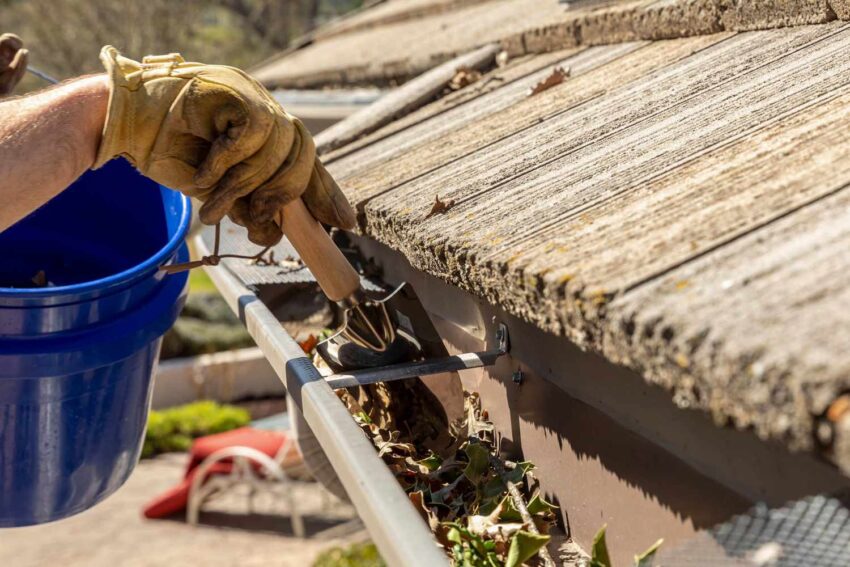
Cleaning gutters is an important part of home maintenance that should be done at least twice a year, in the spring and fall:
- Prepare the area: Wear work gloves and safety goggles, and place a tarp or plastic sheet beneath the area you will be cleaning to catch any debris that falls.
- Scoop out debris: Use a small garden trowel or scoop to remove any debris from the gutters. Be sure to scoop out any leaves, twigs, or other debris that may be blocking the flow of water.
- Flush gutters with water: Use a garden hose to flush out the gutters and downspouts. Be sure to remove any remaining debris that the hose doesn’t wash away.
- Check for leaks: While flushing the gutters, check for leaks. If you find any leaks, mark them with a pencil and make repairs as needed.
- Check for sagging: Look for any areas where the gutters are sagging or pulling away from the roof. This could be an indication of a damaged or rotted fascia board or other issues.
- Trim overhanging trees: If any trees overhang your roof, trim the branches so that they don’t drop leaves or branches into the gutters.
By cleaning your gutters regularly, you can prevent water damage to your home and prolong the life of your roof and gutters.
- Trim trees: Trim any trees or branches that hang over your roof to prevent them from falling on your roof and causing damage.
- Prevent moss and algae: Clean off any moss or algae that accumulates on your roof. You can use a solution of water and bleach to kill the moss and algae, and then rinse with water. You can also install zinc or copper strips at the peak of the roof to prevent moss and algae growth.
- Ventilation: Proper ventilation in your attic is essential for maintaining the health of your roof and shingles. Without adequate ventilation, heat and moisture can build up in your attic, which can cause a range of problems:
- Damage to your shingles: Heat and moisture can cause your shingles to deteriorate more quickly, which can lead to leaks and other damage.
- Increased energy costs: Heat buildup in your attic can make your home harder to cool, which can increase your energy bills.
- Mold and mildew growth: Moisture buildup in your attic can create an environment that is ideal for mold and mildew growth, which can cause health problems for you and your family.
To ensure proper ventilation in your attic, you can take the following steps:
- Check your ventilation system: Make sure your attic is equipped with proper ventilation, such as ridge vents, soffit vents, gable vents, or a combination of these. Check that your vents are clear and functioning properly.
- Install insulation: Proper insulation can help regulate the temperature in your attic and prevent heat buildup.
- Seal air leaks: Seal any gaps or cracks in your attic that may be allowing outside air to enter. This can help prevent moisture buildup and keep your attic at a more stable temperature.
- Consider a fan: If your attic is not properly ventilated, you may want to consider installing an attic fan to help circulate air and prevent heat and moisture buildup.
By ensuring proper ventilation in your attic, you can help prevent damage to your roof and shingles, reduce your energy costs, and create a healthier living environment for you and your family.
Professional Inspection
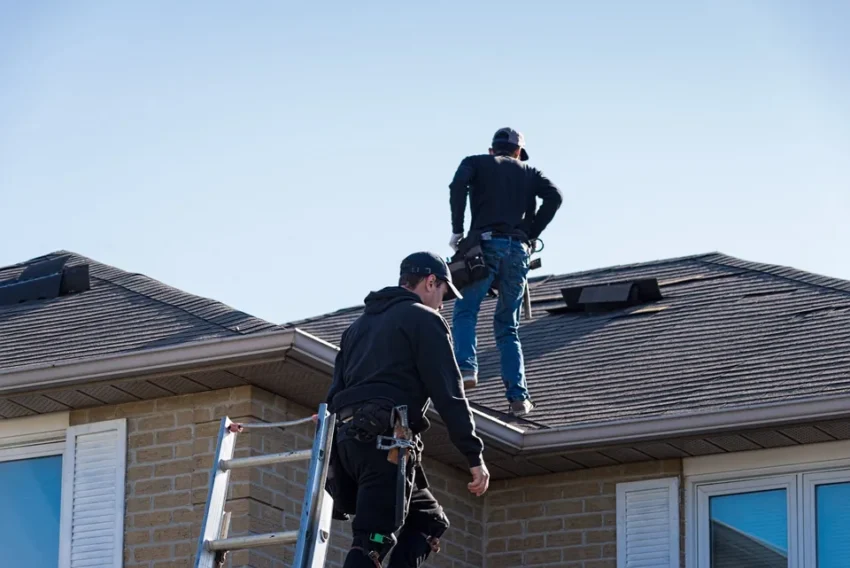
Having a professional roofer inspect your roof is a crucial step in maintaining the health and longevity of your roof. A trained professional can identify any potential issues or damage that may not be visible to the untrained eye:
- A professional roofer can identify potential issues with your roof before they become larger problems. This can save you money in the long run by catching small problems before they turn into major repairs.
- Climbing on your roof can be dangerous, especially if you don’t have the proper equipment or training. A professional roofer has the training and equipment necessary to inspect your roof safely.
- A professional inspection can give you peace of mind, knowing that your roof is in good condition and that any potential issues have been addressed.
It is recommended to have your roof inspected by a professional roofer at least once a year, especially after severe weather events. By doing so, you can help to maintain the health and longevity of your roof, and catch any potential issues before they become larger problems.
By following these tips, you can help ensure the longevity and performance of your roofing shingles.

